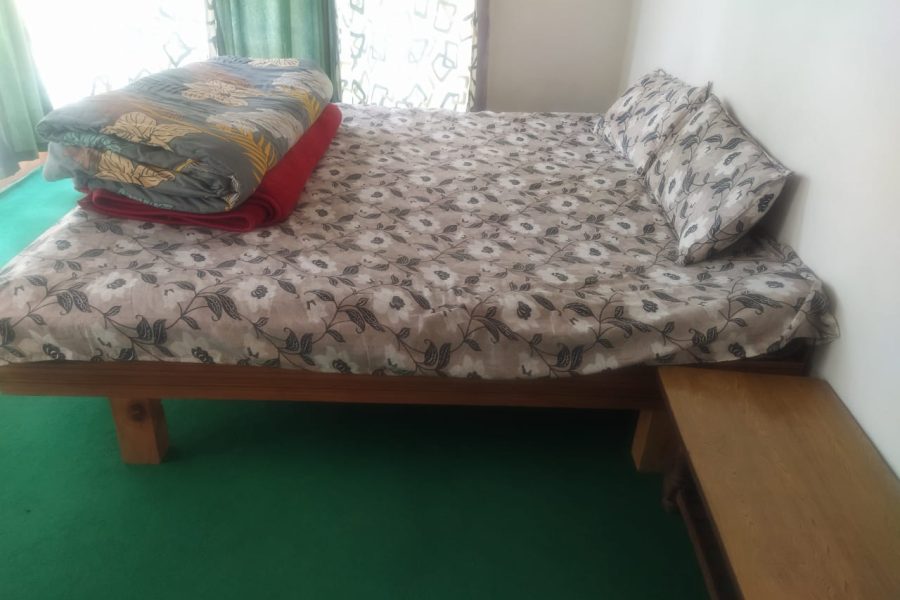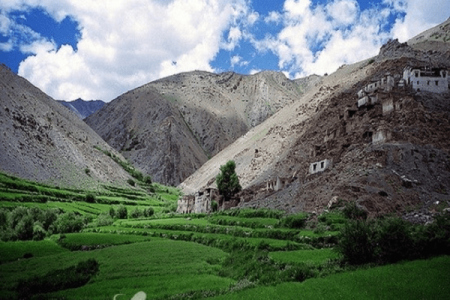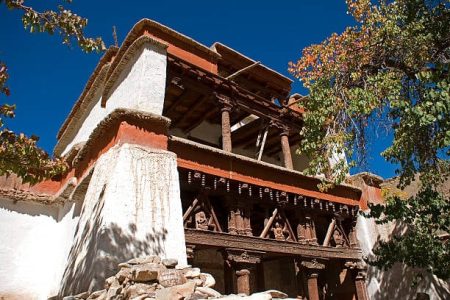Conclusion
Alchi Monastery is not merely a religious site; it is a timeless treasure trove of Indo-Tibetan art and spiritual heritage, nestled in the heart of Ladakh.
One of the oldest and most revered monastic complexes in the region, Alchi Monastery dates back to the 10th–11th century and was founded by the great translator Rinchen Zangpo. Unlike other hilltop monasteries, Alchi is uniquely located on flat terrain, which has helped preserve its exquisite murals, wood carvings, and ancient scriptures. The monastery showcases the confluence of Indian and Tibetan artistic traditions, making it a rare and invaluable cultural site.
Set in the quiet village of Alchi along the banks of the Indus River, the monastery offers a serene escape surrounded by apricot orchards and a calm rural charm, far removed from the usual bustle of tourism.
For devotees, Alchi provides a sacred space to connect with Buddhist teachings. For historians and art enthusiasts, it is an unparalleled glimpse into medieval Himalayan craftsmanship. And for travelers seeking peace, the silence and sanctity of Alchi speak volumes.
Whether you’re a seeker of faith or beauty, Alchi Monastery promises to touch your soul and stay etched in your Ladakhi memories forever.







